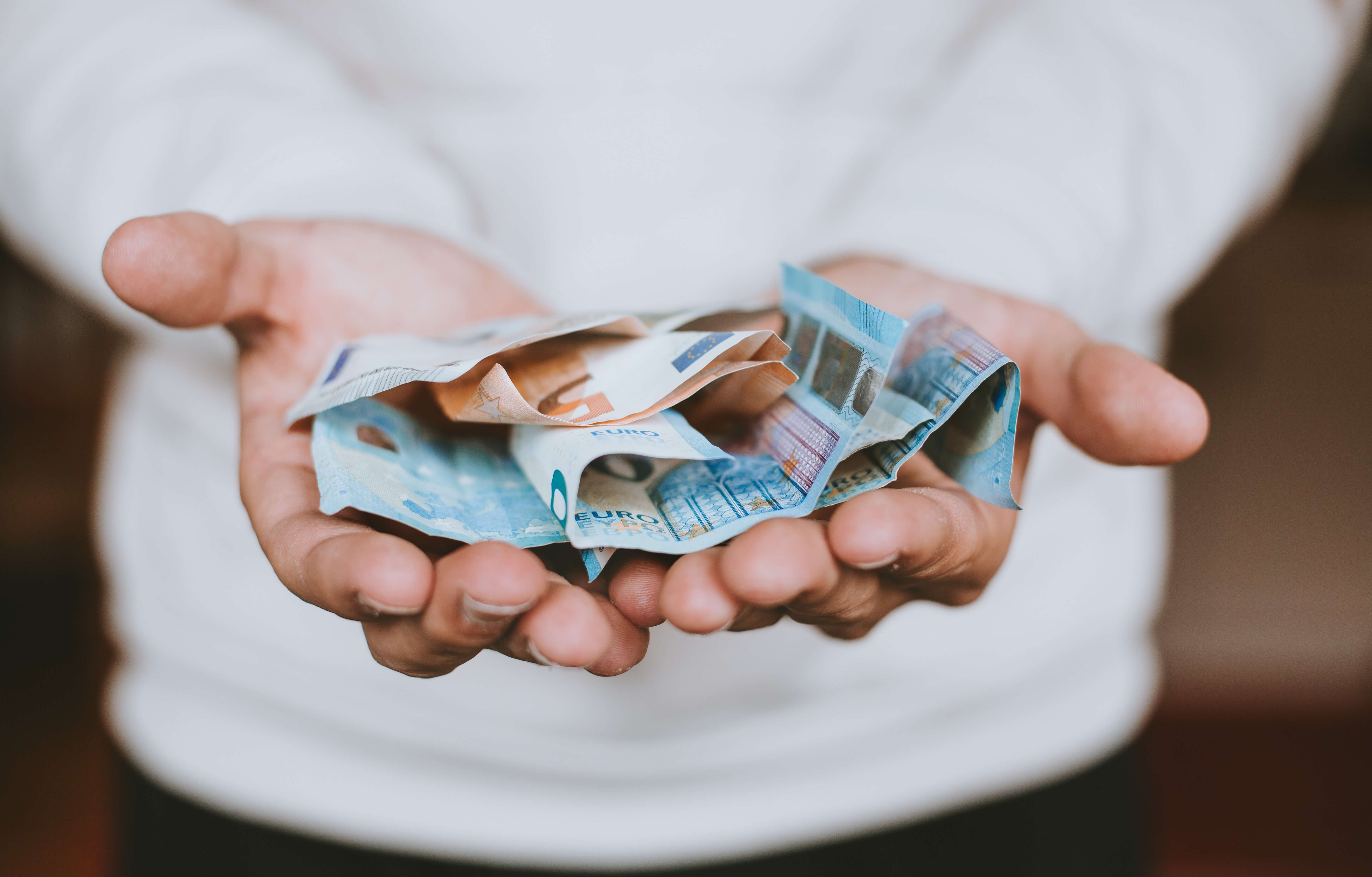The Marriage Allowance: How It Works and How To Claim It
There are a lot of pros and cons when it comes to getting married- it’s a great excuse to host an extravagant party, to get some new bling and, of course, for some lucky couples, it’s an opportunity to save on a little tax (which is just one more reason to have an open bar, right?). And if you’re looking for a wedding budget planner, here’s a free one you can use.
What is the marriage allowance?
This tax break is available to some couples, whereby one person can transfer a portion of their personal allowance to their partner. Personal allowance is the amount of income you don’t have to pay tax on, normally the first £12,500 of your annual income. The marriage allowance enables up to £1,250 of that personal allowance to be transferred to a partner, allowing them more tax-free income.
This works out if one person earns less than their partner and has an unused personal allowance. If I earned £10,000 per year, I pay no income tax and I have £2,500 of ‘unused’ tax-free income from my personal allowance. With this scheme, I can hand over up to £1,250 of that surplus to my partner, which will increase their tax-free income. If they earn £20,000 per year, ordinarily they would have £7,500 of taxable income. With the £1,250 extra though, now they only need to pay tax on £6,250 of their income.

Who Can Apply?
To be eligible for the marriage allowance, you’ll be shocked to hear you need to be married to your partner, or in a civil partnership.
- One individual’s income must be below their personal allowance (£12,500) and their partner must earn enough to be a basic rate taxpayer (usually earning between £12, 501 and £50,000).
- You’ll both need to be born after 5th April 1935, as those born before that date could qualify for a different scheme- the married couple’s allowance.
How to claim marriage tax allowance:
If you have three ticks in the above checklist, then applying for your marriage allowance can be done easily through HMRC, online or by phone (0300 200 3300). The lower earner should complete the application as you’ll be transferring their allowance- you’ll need your National Insurance numbers and ID.
Common questions:
Backdated claims:
You can backdate any marriage allowance claims from 5th April 2016 so long as both you and your partner met the eligibility requirements in each year.
How to cancel your Allowance
This isn’t something that needs to be renewed every year, once you’ve set it up with HMRC the allowance will be automatically transferred until you cancel it. If your relationship or income changed you can cancel the marriage allowance online or by calling 0300 200 3300.
Hopefully, this post has told you all you need to know about the marriage allowance- if you fancy finding out more ways you could save some cash, check out some of our other articles here!
How long will it take?
The allowance comes into effect by changing your partners’ tax code, this can sometimes take HMRC up to two months to process. It’s a little different if your partner is self-employed, instead of coming into effect when they file their self-assessment tax return.
Understanding your taxes is just one part of getting your finances under control- at Cash Coach, we want to help you improve your spending habits with our free gamified app. Are you ready to start your financial journey?






